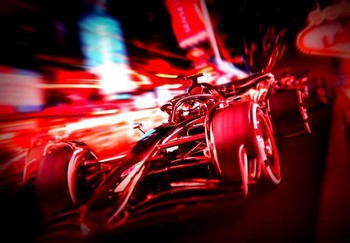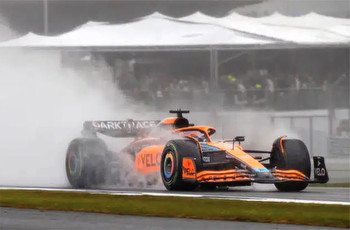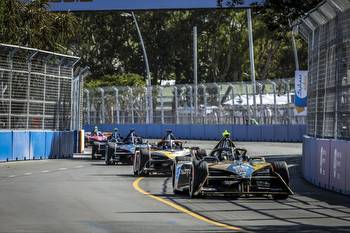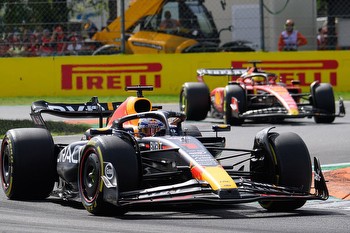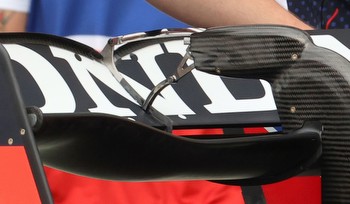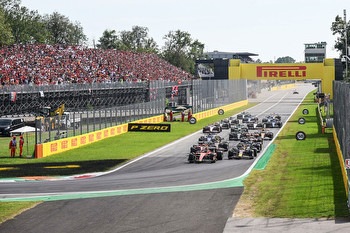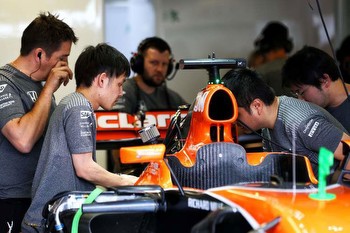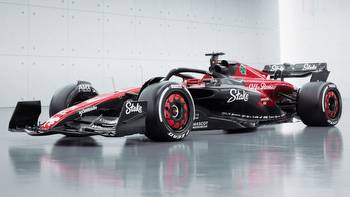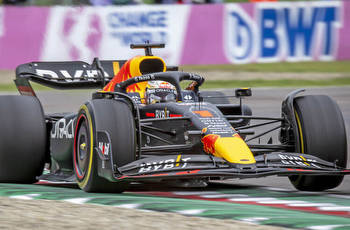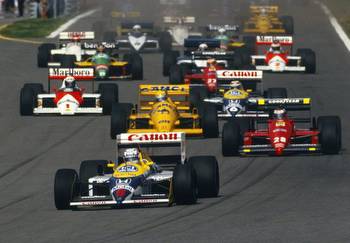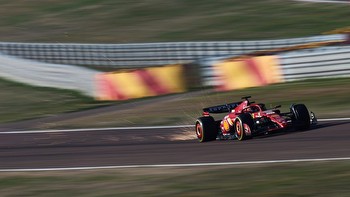How do Formula 1 Cars find their Speed?

Netflix released a popular series back in 2019, Drive to Survive, which attracted a new fan base to this sport. Since then, statewide interest in F1 racing has increased. Many new states are working on racing tracks to introduce F1 car racing in their states.
If you are a car racing fan, you probably wonder what makes F1 cars so fast. These cars run at fierce speeds, higher than all other sports and passenger cars. Formula 1 cars can easily reach a top speed of 240 MPH. As compared to high-end passenger cars, these numbers are impressively higher. It takes them just a few seconds to reach the top speed.
These cars go from 0 to 60 MPH in just two seconds. The G Force experienced by the driver is higher than the force experienced by the astronauts during the space shuttle launch. What makes these cars so special? Is a powerful engine enough to make a car so fast? We know you have many questions in your mind, and today, we will try to answer some common questions about F1 racing cars.
What makes F1 Cars so Fast
The sleek design of the car is the very first thing that we notice. These cars are designed for the pursuit of speed, so normal automotive engineering protocols are not enough for these vehicles. Here are some interesting facts and insights about cars used in these races:
- 0-60 mph in < 2 seconds
- 15,000-18,000 RPM engines
- Carbon fiber construction
- Tires > 100°C
- Up to 5 g lateral acceleration
- DRS for overtaking
- Small fuel tanks
- Lightning-fast pit stops
- Vital aerodynamics
Instead of making things more complicated for the readers, we will explore the primary features and elements of the cars that make them so fast. Stay till the end, as we are going to explain things in a way that requires no automotive engineering knowledge.
F1 Aerodynamics
In the design engineering of any car, aerodynamics plays a major role in the speed. Having a powerful engine is not enough for these cars. If you are not sure what is meant by aerodynamics, the effect of air on the movement of an object and analysis of this effect is called aerodynamics. This is the simplest definition of this term. It is estimated that companies spend up to 20% of their development budget on achieving perfect aerodynamics. Better aerodynamics will push the car to the ground. More downward force will offer better stability and road grip.
Why do viewers need to know about these details about the engineering of these cars? Recently, F1 racing events have started collaborating with different sportsbook companies. Their partnership will attract more viewers to the realm of online gambling. Betting on races, sports, and other similar events or tournaments is different from normal casino games.
These races can help you to win more if you have good knowledge about the game or race. The outcome of the race depends upon the skills of the driver, car performance and the previous track record of the driver. If you want to bet on such events, you can easily join new casinos at https://nowekasyna-pl.com/ or choose any online casino that is legal in your region. Sports betting is more about skill with little involvement of luck. Online casino games are more about luck with little play of skill. It is important that you opt for safe casinos and a responsible gambling approach for both types of entertainment options.
The Wings
40% of the downforce is generated by the front part of the car. The upside-down design of the nose of the car is the first part of the car that comes in contact with the air at a higher speed. The car remains stuck to the ground at higher speeds instead of flying off. The same thing goes for the wings that offer maximum downforce without resistance.
Material Science
Making a strong car without being heavy is the real challenge. For normal cars, heavy and strong materials are used for better safety of the car. This approach does not go well with F1 cars. For the lightweight construction of cars, carbon fiber is the main element used for the body construction.
Even for carbon fiber, different levels are used in the car as per the thermal requirements and heat resistance needs. At higher speeds, the body of the car can heat up easily. 30-40 different types of materials are used for one car. The aim is to keep the car strong without making it too heavy.
F1 Tires
Normal tires are not suitable for these fastest cars. These cars are based on tires that can withstand the extreme cornering force and heat of the road. These tires also need to be good enough to cope with the savage propulsion of a 1.6-litre turbo-charged hybrid engine. F1 car tires can generate up to four Gs of downforce on the corners.
Optimization
Apart from these few elements, every other element of the car is also optimized to offer maximum speed for the car. Here are some major teams that are known to offer the best F1 cars:
- Mercedes-AMG Petronas Formula One Team
- Scuderia Ferrari
- Red Bull Racing
- McLaren F1 Team
- Aston Martin Cognizant Formula One Team
- Alpine F1 Team
- Williams Racing
- Alfa Romeo Racing Orlen
- Haas F1 Team
The Formula 1 car engine is generally the same size as a normal car, but it generates way more power and performance. From design to material and engine, every little element of the car is specially designed and optimized for maximum speed.
Conclusion
In the next few years, engineering miracles are going to make these cars even faster and more reliable. In the end, it is not just about the car or engine, but the skill of the driver that makes these cars fun. From the construction of the body to the performance of the engine, every aspect of these vehicles is designed to achieve the maximum possible speed.

